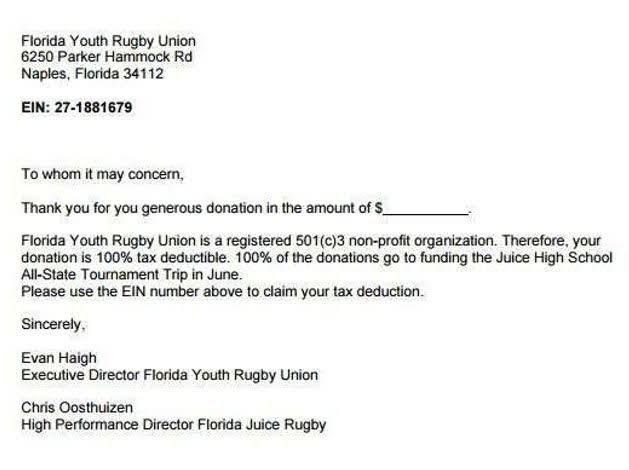
4) Annuity Method – In this method, future profits of the company are calculated and then they are discounted at an established rate of interest to calculate the goodwill of the business. Inherent or internally generated goodwill is the value of the business in excess of the fair value of the net assets of the business. It arises over a period of time due to the good reputation of the business. It can only be recognized through acquisition and cannot be created internally.
Goodwill vs. Other Intangible Assets: What’s the Difference?
It is one of the reasons that one company may pay a premium for another. Small businesses using cash-basis accounting or modified cash-basis accounting can use the statutory rates set by the Internal Revenue Service (IRS). The IRS allows for a 15-year write-off period for the intangibles that have been purchased.
Understanding Goodwill Impairment
That’s an example of goodwill impairment because you’re no longer able to reap the full value of the workforce. Common goodwill impairment triggers include significant changes in the economy, changes in the competitive landscape, and new regulations. Understanding what goodwill is and how it can impact your business is just one more part of being a business owner. And if you do start buying up the competition, you’ll know exactly what to look for. If this year has taught us nothing else, it’s certainly taught us that while we can plan for the future, we never really know what it holds. So, although your business may be small today, next year you could be buying up the competition.
Inherent Goodwill
The impairment expense is calculated as the difference between the current market value and the purchase price of the intangible asset. Goodwill only shows up on a balance sheet when two companies complete a merger or acquisition. When a company buys another goodwill meaning in business firm, anything it pays above and beyond the net value of the target’s identifiable assets becomes goodwill on the balance sheet. Say a soft drink company was sold for $120 million; it had assets worth $100 million and liabilities of $20 million.
- It’s usually listed under non-current assets or long-term assets, specifically as an intangible asset.
- This creates a mismatch between the reported assets and net incomes of companies that have grown without purchasing other companies, and those that have.
- In other words, it is the advantageous outcome of the firm’s good name, reputation, prestige, connections, quality services or products, etc.
- It is one of the reasons that one company may pay a premium for another.
- When companies announce acquisitions, the executives throw around a number called goodwill, which is the difference between the price paid and the value of the company’s net assets on its balance sheet.
- According to ssr.com, if it is determined that any exists, total goodwill may be separated into personal and enterprise components.
While normally this may not be a major issue, it can become significant when accountants look for ways to compare reported assets or net income between different companies. There are competing approaches among accountants to calculating goodwill. One reason for this is that goodwill involves factoring in estimates of future cash flows and other considerations that are not known at the time of the acquisition. It is the reputation of a firm which enables it to earn higher profits in comparison to the normal profits earned by other firms in the same business. These rules apply to businesses conforming to generally accepted accounting principles (GAAP) using a full accrual accounting method. If conditions indicate that the carrying value may not be recoverable, impairment tests are performed.
- A strong brand value enhances the company’s competitive position and distinguishes it from its competitors, creating a unique selling proposition.
- In each case, the companies mentioned have benefited from their goodwill assets, as they have been able to leverage their strong brands and customer relationships to generate increased revenue and profits.
- Just like other assets, the buyer who acquires your business will be able to take a tax deduction for the amount of goodwill they received as part of the sale.
- Goodwill is perceived to have an indefinite life (as long as the company operates), while other intangible assets have a definite useful life.
- There’s also a key distinction in how the two asset classes are amended once they’re on the books.
- Further, this goodwill is a result of the company’s past performance, efficient management, advantageous locations of its franchises, benefits of its patents, etc.
Like social media, it does have value, but, like social media, it is tough to own and measure. Your customers have an intense love for your specialty dishes that they can get nowhere else. Say you acquired https://www.bookstime.com/ Company X for $16B, and it has the following asset and liability values. Follow the journey of one of history’s most influential figures in accounting, Luca Pacioli, the father of accounting.
- Under this structure, a company’s assets (things like cash, furniture and equipment, and accounts receivable) and its liabilities (things like debt it owes) now belong to the new company.
- Goodwill accounting is a critical consideration for corporations who engage in mergers and acquisitions (M&A).
- Goodwill is only recorded when a business combination occurs and one company purchases another company to become its subsidiary.
- The process for calculating goodwill is fairly straightforward in principle but can be complex in practice.
- To record goodwill on a balance sheet, the acquirer must list it as an intangible asset under the “Assets” section.
The Father of Accounting: Luca Pacioli
Goodwill amortization can provide tax benefits, but its accounting treatment under US GAAP does not allow for amortization. This type is related to the company, its position in the marketplace, and how well it serves its customers. According to ssr.com, if it is determined that any exists, total goodwill may be separated into personal and enterprise components.


There is a lot of overlap and contrast between the IRS and GAAP reporting. Goodwill is perceived to have an indefinite life (as long as the company operates), while other intangible assets have a definite useful life. In the sale of a business, goodwill is defined as the amount paid above and beyond the fair market value of the business’ assets and liabilities. You’ll need to determine the business’s value of net assets, which is equal to the business’s identifiable assets minus its liabilities. Thus, company A paid $1,600,000 premium above the company’s net assets to acquire its assets, which add to its earning power.
How is Goodwill Taxed in a Business Sale?
In short, goodwill is the value of a company beyond its physical assets. But it’s shown on the income statement as an expense, so it lowers net income, which lowers earnings per share. You would then subtract your net identifiable assets from your purchase price to determine the excess purchase price. Goodwill is not always part of acquiring a business but needs to be recorded in your company’s general ledger any time that the cost of purchasing a business exceeds the fair value of its assets and liabilities. Goodwill accounting is most frequently used in the business valuation process when acquiring another business. Goodwill is an intangible asset, meaning that it has no physical presence, but it adds value to the company.